Atul Singh: Welcome to FO° Exclusive — in fact, the fourth edition of 2025’s FO° Exclusive. Last month, in March, we covered the Risk of Recession in the US, Germany’s Radical New Economic Policy, and New Troubles in the Middle East. In April 2025, our top three issues are:
- Tariffs and the New Donald Trump Economic Revolution
- Pakistan’s Deadly Islamist Terror Attack, India’s New Water War
- Mark Carney Leads Liberals to a Fourth Consecutive Victory
So there we go. Let’s start with number one: “Tariffs and the New Donald Trump Economic Revolution.” US President Donald Trump has announced Liberation Day. So what is Liberation Day? Tariffs on trading partners. Why? Because these trading partners, in his eyes, have been cheating, whilst the US has opened up its markets. These partners have followed protectionist policies — they use tariff and non-tariff barriers — and once he brings tariffs, this will lead to an economic revolution which he is confident of winning. He has echoed Steve Bannon, who has said repeatedly that the rest of the world has not played fair with the US. So this is the politics of grievance, it is the politics of protectionism. And the essence of the argument is very simple, as I said, and there’s an element of truth to it: For decades, the US kept its market open, others did not. And as I said, the others used tariff and non-tariff barriers to keep American goods and, indeed, other foreign goods out of their markets. The argument of the Trump administration is that these countries depress their currencies to gain unfair trading advantages. As a result, honest working-class Americans lost their jobs. They suffered from an opioid epidemic. In fact, China and some other countries exported opioids to the Rust Belt — in the eyes of many in the Trump camp. And of course, China exports fentanyl, a synthetic opioid, and causes the deaths of the very workers whose jobs it has stolen. So we’ve heard this complaint from numerous young Republicans, many of whom work on Capitol Hill and the Trump administration. And they provide a compelling and legally defensible narrative for the new belligerent US trade policy.
The Japan argument recycled for China
Atul Singh: Now, Glenn, you’ve pointed out many a time that Donald Trump used to say the same things about Japan in the 1980s.
Glenn Carle: This is the thing: I’m going to struggle today because endlessly repeated stupid arguments just kill me. And they do others — which is possibly why we now have the government we have. But it’s true that Donald Trump has been very creative. He has changed one word in his vocabulary in the last 50 years: He has replaced “Japan” with the word, “China.” But otherwise, he truly has made the exact same argument verbatim for 46 years at least, which is that the world plays America for suckers. They’re cheating, blah blah blah. “They’re laughing at us,” is the expression.
Atul Singh: Hey, that’s consistency! Forty-five years of consistency! (Laughs)
Glenn Carle: That is correct, that’s right. Consistency is the hobgoblin of little minds, and we’re dealing with a very little mind. But yes, he is consistent. He does see the world as one of exploitation — everyone exploiting the United States, which is weak and a sucker. It’s, as you said, politics of grievance and resentment, of trying to justify why others have influence and you, in fact, never attended a course at either of the two institutions that you’ve bought your way into and aren’t accepted because you’re vulgar — and thus drives the nation. But carry on.
Mercantilism vs. free market thinking
Atul Singh: So, taking a step back, Donald Trump represents an economic philosophy that predates Adam Smith, and that is called mercantilism. In fact, there’s a video with music which a former student of mine sent, which explains the various facets of this philosophy. But we will not get into too much of it. Suffice to say that mercantilists believed that balance of payments — or, let’s say, a trade surplus — more importantly, trade surplus represents the health of an economy. And they believed that exports should exceed imports, and if that is the case, then the country is stronger. Remember, this was at a time when kings paid their soldiers with gold. And therefore, if exports exceeded imports, you got more gold. And if you could pay more gold to your soldiers, you had a bigger army. And of course, later, this was supplanted by Adam Smith’s philosophy, a Scotsman. Mercantilists were the Spaniards, the Portuguese and the French — all the economies that eventually got superseded. And there was another British economist, curiously, with the name David Ricardo. David, of course, is English, but Ricardo sounds suspiciously Italian. And he, again, extended this theory.
Glenn Carle: He was a smart man seeking the freedom of free markets and free discourse in liberal England, as opposed to mercantilist Europe.
Atul Singh: Exactly. There you go. Anglo-Saxon flame flickers strong in your heart. Winston Churchill would be proud of you.
Glenn Carle: Well, I am a quarter French, and my current masters — America’s leaders — would have done well to read a little bit about French history. You know, France was the leading nation in Europe — economically, culturally, politically, militarily — every way in the first half of the 17th century. That’s 400 years ago. And what happened was the king’s chief counselor — who was both foreign minister, intelligence chief and economics minister rolled into one — was Colbert. And he wanted to make France great again, and greater forever, and perennialize French leadership. So he did two things. He centralized the economy and nationalized many industries, essentially, by a ruthless industrial policy. And he centralized the state and brought all power into the hands of the chief executive — who was the king then. And what happened was that France became an also-ran over a period of a couple of generations. Not the leader; he destroyed the basis of French leadership, which was a dynamic, open, decentralizing economy which was industrializing. And he killed it. He killed the goose that lays the golden eggs, and we now have another poultry butcher doing the same thing.
Industrial strategy and trade deficits
Atul Singh: Well, speaking of industrial policy, core members of the Trump administration believe that the loss of the American industrial base is a national security issue, given China’s spectacular rise as the workshop of the world. Now, Treasury Secretary Scott Bessent and Chair of the Council of Economic Advisers Steven Miran both see deindustrialization as the biggest risk facing the US and want the country to reindustrialize. The two policy tools that they’re using are tariffs and a devalued dollar. So once you have tariffs, then you can basically have a hedge against the cost advantage. It makes all the foreign goods more expensive. And once you have a devalued dollar, then your goods get cheaper and you can export. Now, Miran wrote a 41-page paper. And that paper, in some ways, is a revolutionary paper. It’s a plan to reform the global trading and financial systems. We cover this in our FOI Geopolitical Risk Monitor. Those of you who want it, email us — we’ll send you a complimentary copy. But the important thing is: Miran believes — and there’s an element of truth, again, to Miran — that the current system fails because export-oriented economies such as China, Japan and South Korea impose not only tariff and non-tariff barriers to market access, but also engage in currency manipulation, subsidies for preferred industries, forced technology transfers and outright theft of intellectual property. Our sources in the Trump administration see tariffs as short-term pain for long-term gain. They believe that the US has the market size, the innovative technology and the talent pool to prevail over other economies. Now, the important thing here to note is: A lot of the people in the Trump administration think China is weak. They think President Xi Jinping overreached with his wolf warrior diplomacy, failed in his zero-Covid policy. They think that the collapse of their real estate sector, the huge amounts of bad debts on the books of Chinese banks and the squeeze on private businesses — coupled with high unemployment, coupled with an aging and declining population — make this an ideal time for the US to ratchet the pressure, turn on the screws and break China’s back. And they think: If not now, then when? If not us, then who? And they really do believe this. And therefore, hey ho, there we go — you have this new economic policy. And curiously, this has actually caused bond yields to go up. The dollar actually has gone down for the first time in forever. Because generally, when you bring in tariffs, the dollar recedes. But markets have been losing confidence in Donald Trump’s economic policies and protectionism. And, as he himself admitted, the bond markets have turned a bit yippy. Now, I’m going to share my screen with you and show some of the graphs that the managing partners—
Glenn Carle: So the reality, apparently, in the view of the world — and there’s a wisdom in crowds, as we all know — is that Donald Trump’s true name is Liz Truss. He wears a dress and he has no idea what he’s doing.
Atul Singh: Maybe so. But here you can see very clearly that the US has run a trade deficit for almost 50 years. This is something Sanjay Acharya, a managing partner at FOI, made. Of course, this is our Geopolitical Risk Monitor. It tells you how China has responded. And of course, China has rolled out tariff and non-tariff barriers. It has restrictions on seven medium and heavy rare earths, which are particularly useful for fighter jets, submarines, radar systems, drones. And they think they’ve actually cut down their deficit. Look at this: There’s been a $19 billion fall in the annual trade deficit. Of course, the deficit has increased when it comes to Mexico, EU, Vietnam, Taiwan, even India and, of course, South Korea. Some people would argue it’s just Chinese companies reexporting from Vietnam. And something to watch is consumer sentiment. It has plummeted. That’s alarming. Look at what the Federal Reserve Bank of Atlanta is still forecasting: falling GDP. And I think I’m not going to bore you more with graphs and figures, but the bottom line is that the tariffs have had an effect on markets, on bond markets, on consumer confidence, on the global economy. We can all expect a recession for the next 12 to 24 months. Over to you, Glenn.
Historic parallels and economic fallout
Glenn Carle: Yeah, what we’re experiencing is unique in American history in a number of ways. And Trump — I agree with the view of the intelligentsia, or the commentators in general — that the first 100 days of Trump’s administration have been as significant, as historic — I’ll use the word, “consequential,” which I know I use a lot — as any since Franklin Roosevelt in 1932. So that makes him one of the two or three or four most significant presidents in his first three months in history. One of the differences that’s critical is that Franklin Roosevelt was creating things, Donald Trump is destroying things. That’s not a political statement, like some of the others I made earlier today are — that’s a fact. It’s pretty easy to break stuff, it’s very hard to build things. The administration, however, is not new in much of what it’s attempting to do. When I was working during the Bush son administration — I worked under both, but I’m referring now to the president from 2001 to 2008 — my focus near the end of my career was on terrorism, transnational threats, and I would frequently brief the White House or the executive office and so on. And this is literally true, what I’m now going to say: Whatever the topic that I was briefing on or attending a meeting about, the first question asked when it came time for the Q&A period after the briefing would invariably be by the Office of the Vice President’s representative — Vice President Cheney’s representative. And the question would be: “But what about China?” You know, I might have been talking about the Houthis, or I might have been talking about the water table in Bolivia. Literally, the first question was: How does this affect how we can destroy China? That was not verbatim the wording, but that was the objective. And the belief was that the United States had a unique moment: the unipolar moment of strength when China was not yet strong, and we could, for time immemorial, destroy China as a threat and perennialize American supremacy. Other great nations have had similar thoughts in the past. And this never works against a state that has intrinsic characteristics that underpin its economic, political, international and military strength. You can defeat someone momentarily. If I’m in a boxing match with someone who’s two meters tall and outweighs me by 40 kilos, maybe I can hit him on the head and knock him out momentarily. But he will still remain two meters tall and 40 kilos heavier than I am. And when he wakes up, his capabilities will resurge and return. So this is nothing new. It is similarly — not just by historical example, but by an objective assessment of capabilities, potentials and objectives — an impossibility, short of self-destruction simultaneously. What are the consequences, though? As I said flippantly, but also accurately — referring to Louis XIV’s economics minister and what happened then — this is what’s happening now. Now, the argument is coherent, as Atul laid it out from the administration. It’s coherent, but it’s also delusional. And anyone who studies — this is literally true, and again, I’m not being facetious — basic economics will understand that tariffs increase costs and lower the availability over time of capital for investment. And if there’s less investment, you can have less research and development, you will have less growth, you will have lower GDP rates and so on. So what have been the consequences of the policies? They have destabilized the markets. That will lead to lower profits, therefore less investment, less R&D, less long-term growth. The businesses in the United States and internationally are anxious about Wall Street, but they’re also anxious on Main Street and about Main Street. Meaning: The businesses that will supposedly profit from this — they’re not just anxious, but are going to have less capital to use to conduct business, fewer workers because of the immigration policies and economic policy in this instance, higher costs, lower growth and less cutting-edge technology. America continues to progressively antagonize its allies. Allies are a leverage. They enhance one’s influence and power. They have emboldened our enemies and turned allies into adversaries. “They,” being the policies, are increasing inflation. They are weakening the dollar, which has been historically a unique advantage that the United States has had — because the dollar has been the basis of the global economy. And they will lower long-term GDP growth. I could continue on with the negative effects that are empirically already starting to be verifiable. So the policies are, frankly, delusional and are leading to the relative destruction of American supremacy.
Atul Singh: One quick note before we leave: Tariffs have had their uses. We can’t be completely negative about them. Generally, they lead to disaster over the long term, but sometimes for your core industries, it’s good to have a small garden and a high gate. And the first act after American independence was a protectionist act — it was tariffs. Because the Northeast of the US decided it would industrialize, and unlike Latin America, it would not just supply raw materials to industrial Europe, particularly England. So we don’t want to sound doctrinaire on anything — that’s something we have to be intellectually fair and admit. And then the other thing is, the Trump administration is inspired by Richard Nixon. On the 15th of August, if I remember correctly, 1971, basically, Nixon announced a 10% import tariff and the suspension of the dollar’s convertibility into gold. That killed the Bretton Woods fixed exchange rate system. The Nixon Shock ended the 1944 gold-backed dollar. And people thought the dollar would go down — and it did, to some degree, but it certainly did vis-à-vis gold. It also inaugurated a new era of trading floating currencies, rapid credit creation and unrestricted capital flows that have lasted until now. The dollar replaced gold as the repository of value. Now note that Nixon’s Treasury Secretary, John Connally, once said, “The dollar is our currency, but it’s your problem.” And the Trump administration takes the opposite view: The dollar is everyone’s currency, but an American problem. The US comprises only 25% of the global economy, but 57% of the world’s official currency reserves are in dollars. Foreigners hold an estimated $19 trillion of US equities, $7 trillion of US Treasuries, and $5 trillion of corporate debt.
Glenn Carle: The critical difference between what Nixon did and what Trump is doing was that, fundamentally, Nixon’s policies opened the international economic system and were based upon economic production and dynamism, rather than determining by fiat exchange rates and guarding economic sectors.
Atul Singh: He’s inspired also by the 1985 Plaza Accords, wherein the US forced its trading partners to appreciate their currencies and thereby devalue the dollar. So all of that is going on. But we will now move on to India and Pakistan.
[Lee Thompson-Kolar edited this piece.]
The views expressed in this article/video are the author’s own and do not necessarily reflect Fair Observer’s editorial policy.







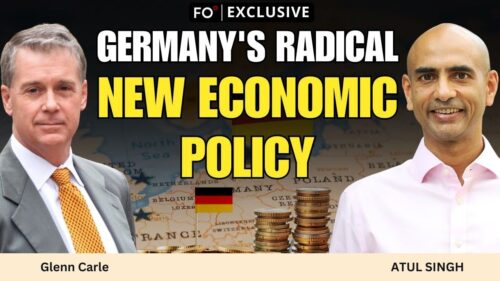
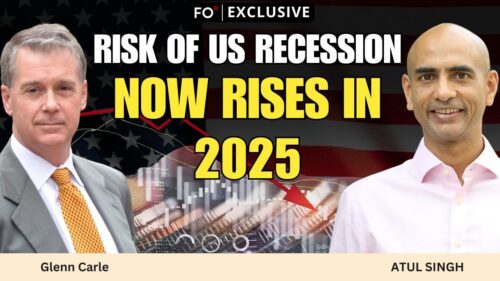
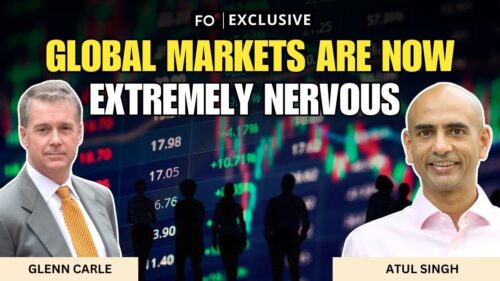
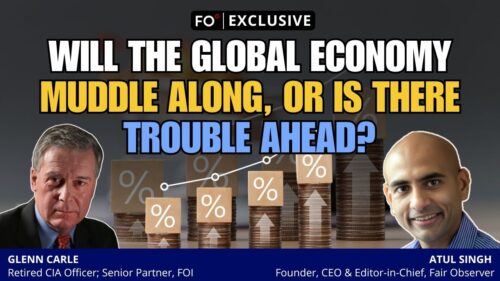










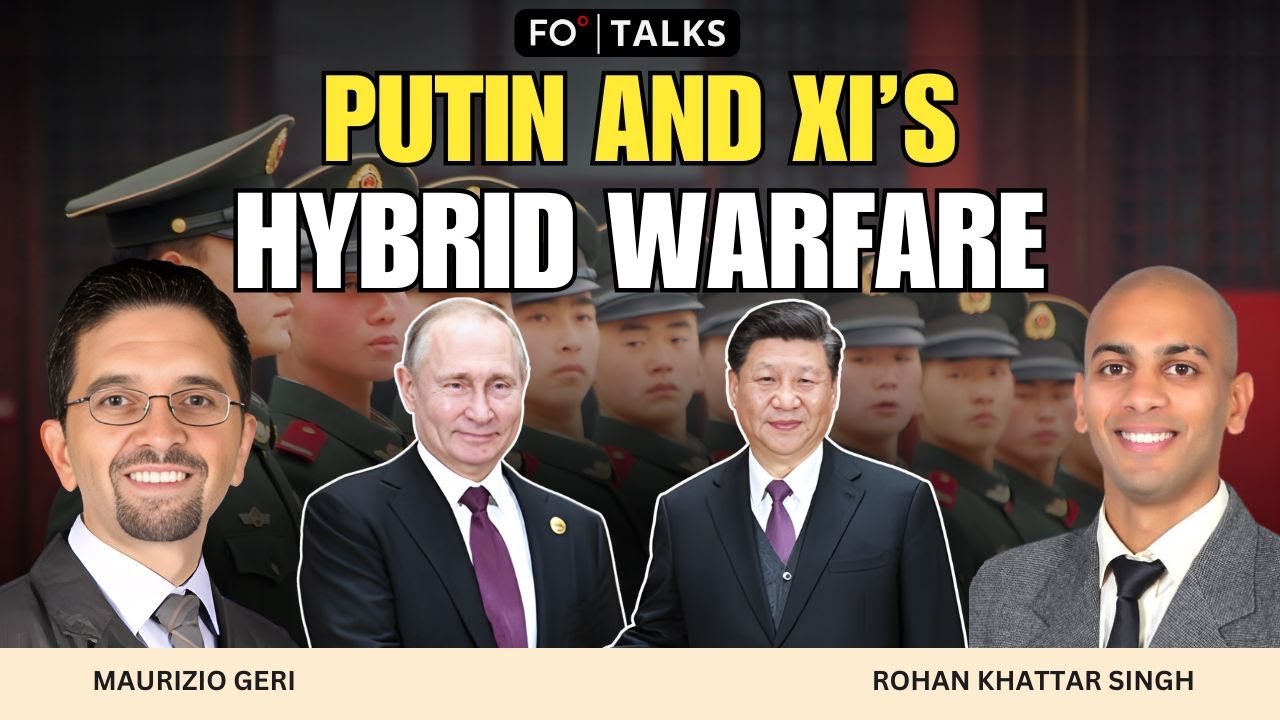








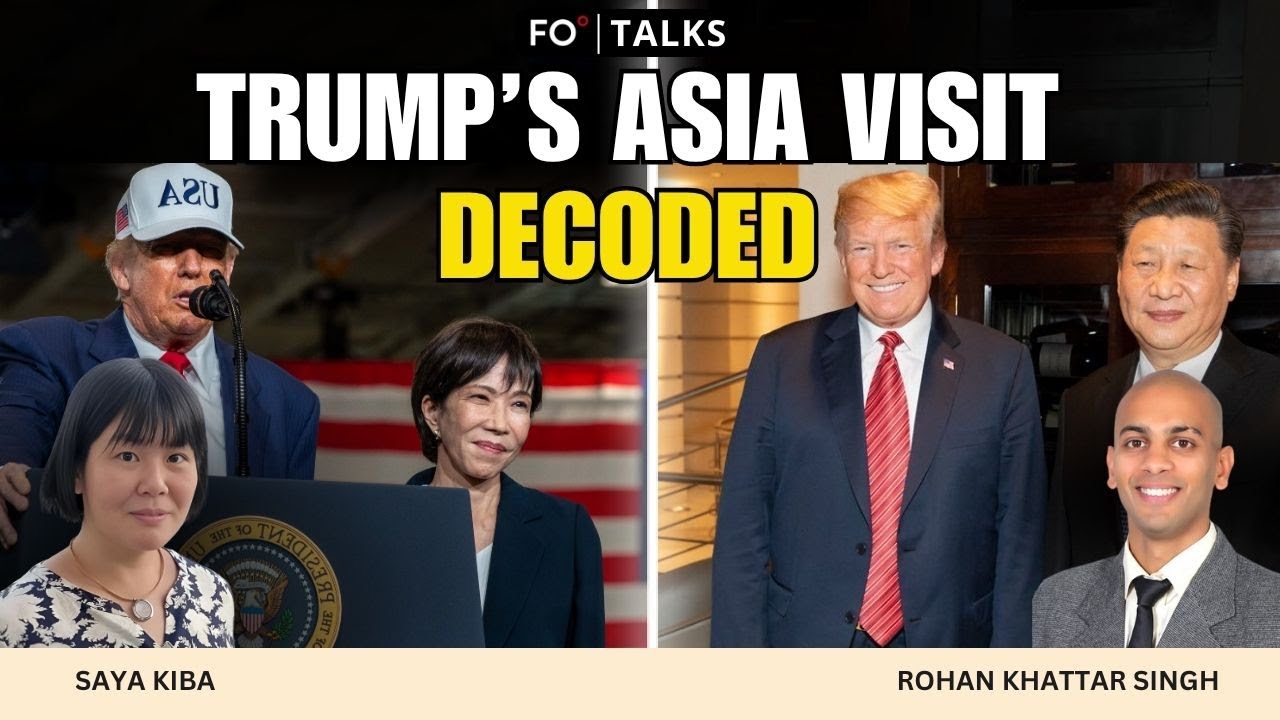


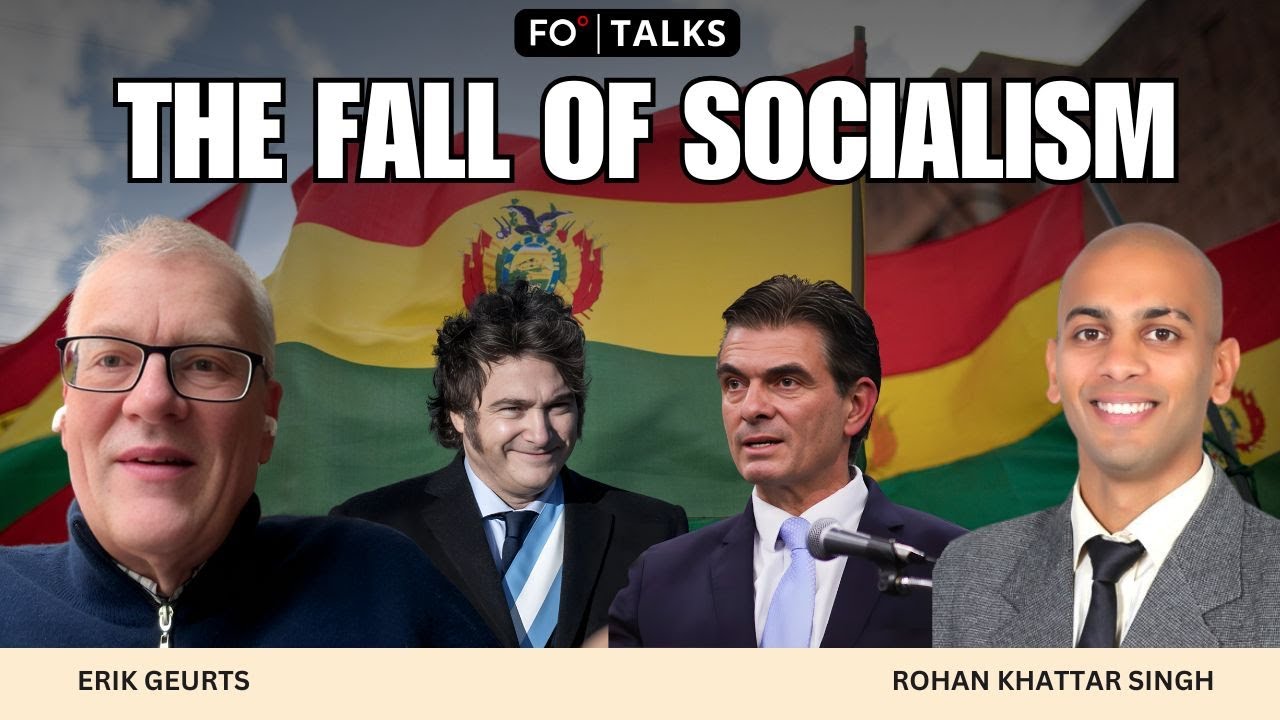





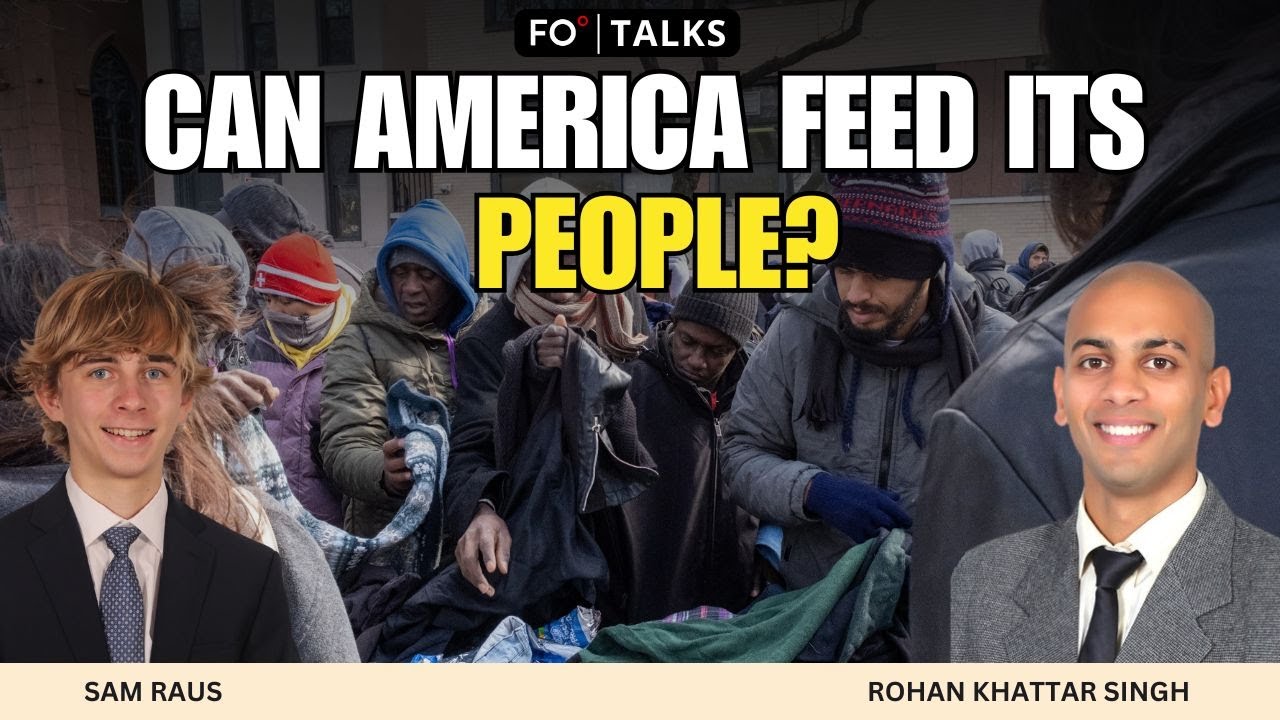

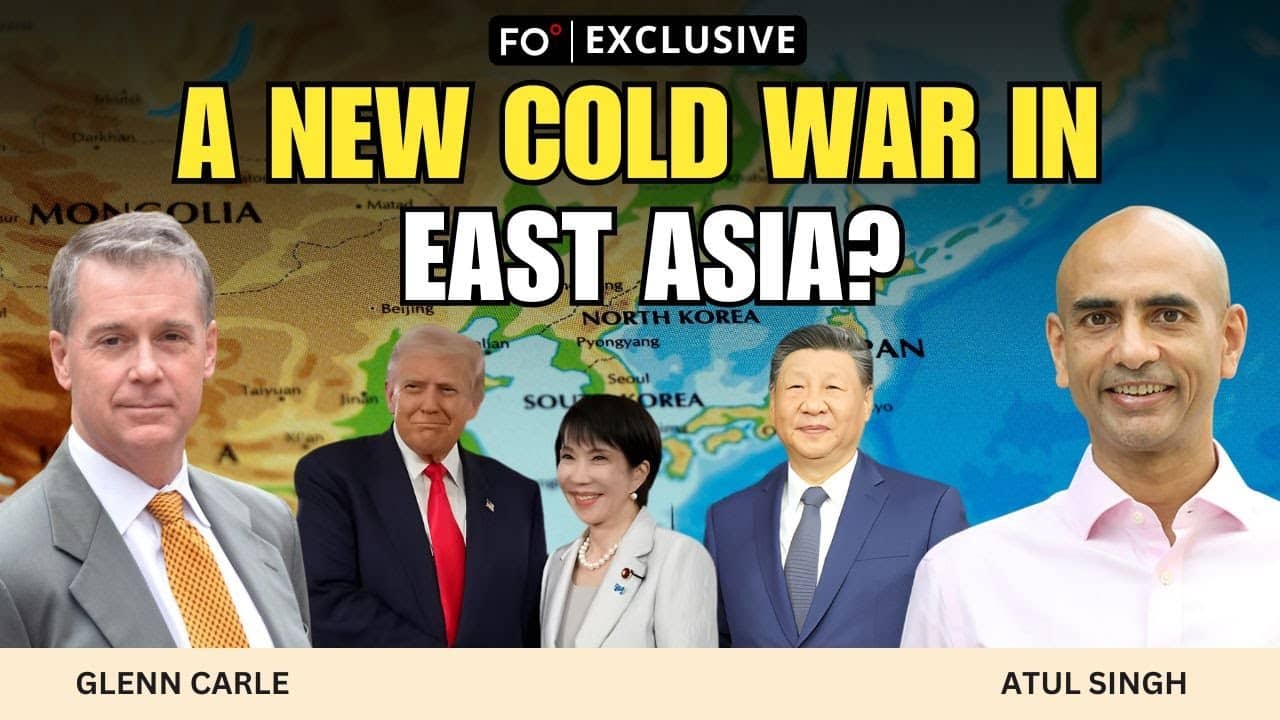

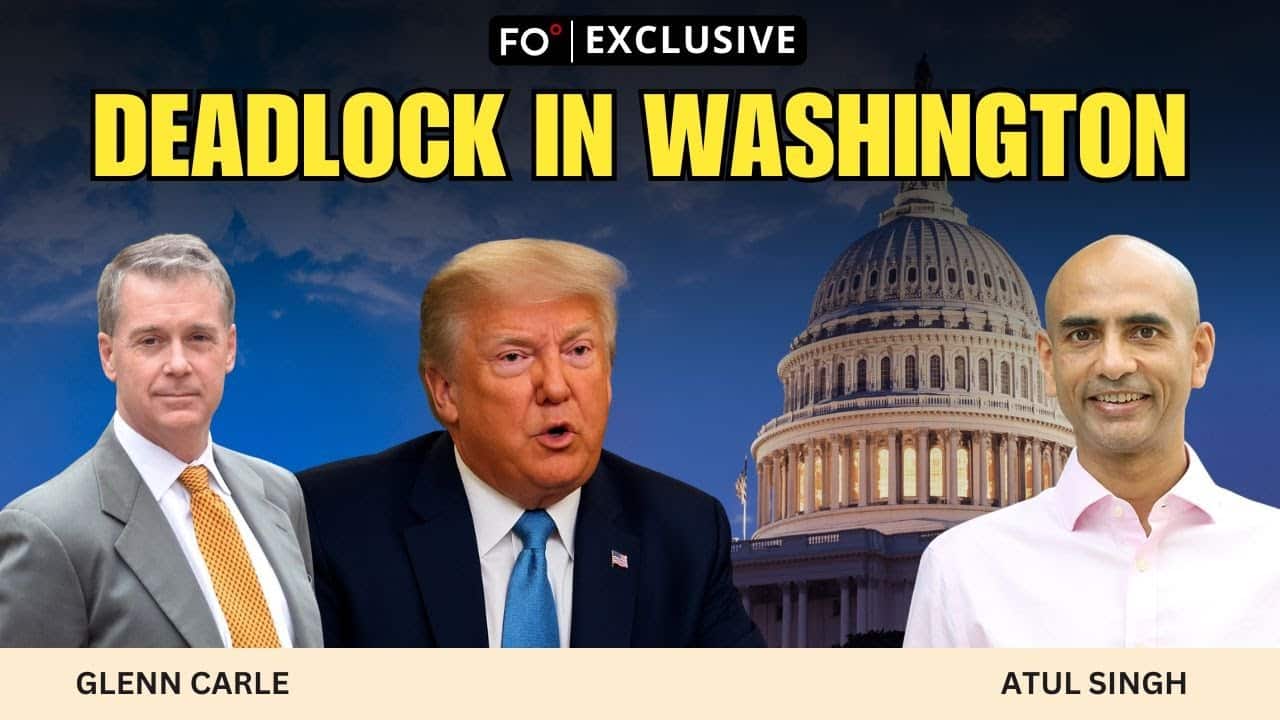



Comment